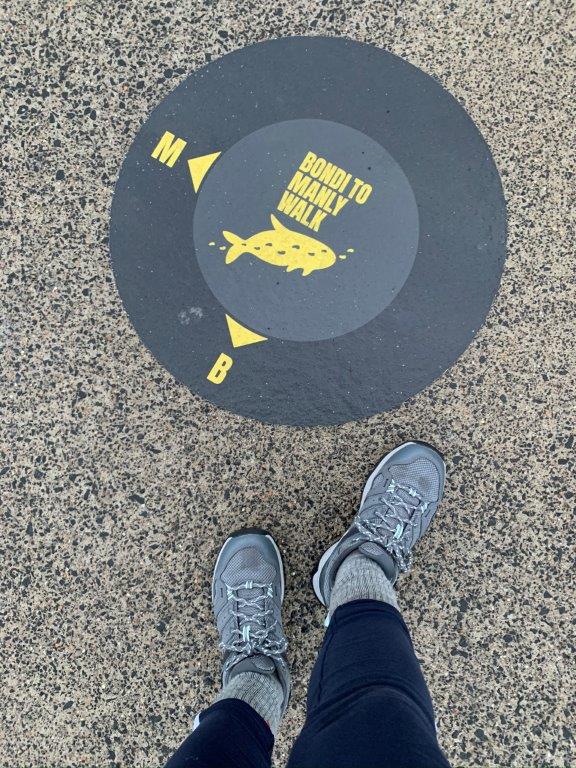How technology is transforming gyms and recreational centres

As with many digital trends, the COVID-19 pandemic has accelerated the adoption of personal fitness technology. An explosion of apps, wearable devices, and digitally-enabled equipment, allow people to monitor their performance, weight and fitness levels. Today, people not only expect their local gym to have new and clean equipment, but also the latest smart gear.
Whether council or privately-owned, many gyms and recreation centres are already investing in new equipment to meet consumer demand. Those that are adapting to the technology shift stand to capture more market share and therefore attract returning visitors.
For the hundreds of councils nation-wide, providing their communities with a gym, fitness and recreational facilities, is a core public service required by their communities. This came into particular focus amid the pandemic where people’s mental and physical wellbeing were at risk.
These facilities are also an important revenue stream for local governments, and one that can be bolstered by keeping up with changing consumer expectations. As technological advancements have meant the timeframe to refresh equipment is shorter, finding flexible ways to finance the latest equipment, can allow operators to keep pace.
Technology is speeding up replacement cycles
With local government procurement cycles for gym equipment now averaging 48 months, the need for an upgrade can arrive quickly. This is particularly true for cardio equipment, including treadmills and spin bikes, all of which are technology enabled. This equipment also has the greatest risk of obsolescence after only a few years.
In response to this, an increasing number of councils are using an operating lease to purchase or upgrade equipment. This provides greater flexibility to install the latest equipment more regularly and aligns to the way many local governments already fund their automotive fleets and IT infrastructure.
Councils’ use of operating leases can also help manage the rising cost of maintaining equipment that is nearing end-of-life. Given that maintenance costs increase as the equipment ages, replacement can often cost a fraction of the ongoing maintenance costs. This also ensures the ongoing attraction of the facility to the community.
Community wellbeing gains importance
During 2020, while Australians located across the country experienced the pandemic differently, many communities adopted a common focus on mental and physical wellbeing.
For local councils in Western Australia, for example, where their gyms and recreational centres were only locked down for a brief period, there was an uplift in usage of 5-10%. In contrast, facilities in Victoria experienced extended lockdown periods of up to four months. In both cases, local governments understand the importance of well-run health and fitness facilities to support community wellbeing.
The Mayor of the City of Joondalup in Western Australia, Albert Jacob, explains that the Cragie Leisure Centre provides important services to an active and engaged community gym member base of more than 4,200, and supports the local businesses operating these facilities. Mr. Jacob says that ensuring these facilities are up-to-date is crucial to keep up with community demand.
“The City’s Leisure Centre – Craigie draws more than 1.5 million visitors per annum, meaning the community is heavily utilising health and fitness facilities, benefiting not only physical health, but mental wellbeing,” Mr Jacob says.
“The City strives to ensure its facilities are well-maintained and meet the needs of the community, including regular maintenance and upgrades where required. Redevelopment and refurbishment projects aim to improve the functionality and aesthetics of a facility to suit current and future demands of the community.”
“Groups that hire City facilities provide a range of services to the community that the City would not be able to offer if it was running these services directly, such as sport, mental and health services. This leads to greater community wellbeing and a sense of belonging.”
Delivering a sustainable service
For councils to continue providing a vital public service through gyms and recreation centres, offering the range of youth to aged care programs, their operational and financial sustainability is a key consideration. To remain viable as a business unit within government, costs need to be carefully managed while ensuring the facilities attract community members.
Beyond upgrading gym equipment to meet the changing demand for technology, these diverse centres that often house aquatic, sauna, sports and childcare facilities, are also utilising other equipment that can be funded. For example, smart pool pumps, LED lighting or on-site solar generation that can save operating costs over time.
Given the current pace of technology advancement, adoption is likely to continue. The next step may be installing electric vehicle parking bays and smart parking control systems. As councils seek to invest in the latest health and fitness infrastructure to help them to be more efficient and appealing to the community, financing arrangements can provide the flexibility to stay ahead of the ever-changing curve while working within budget constraints.

